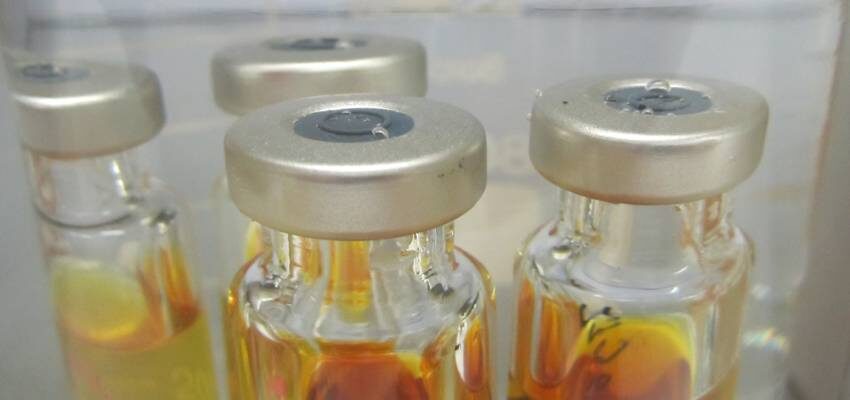DGA Course – e-lesson #5 – Theories & practice of modern DGA diagnosis, standards, guides, schemes and HI models

Hosted by: Marius Grisaru / Intermediate level
This lesson provides an overview of the theory and practice of modern DGA diagnosis for power transformers. It covers the various categories of DGA diagnosis methods, including predictive, graphical, physical/chemical, and combined approaches. The session explores the historical development of DGA diagnosis and discusses the challenges and limitations, such as setting appropriate gas concentration limits. Emphasis is placed on the success probability and reliability of different DGA methods, as well as the role of measurement accuracy and expert interpretation. The thermodynamic principles of gas formation are explained, and key graphical and ratio-based diagnosis techniques are reviewed. Finally, the concept of health index and its importance in DGA-based transformer assessment are discussed.
Unauthorized message
Main takeaways:
1.Introduction to principles of DGA diagnosis
2.Main current guides and standards for DGA diagnosis
3.Primary methods for DGA diagnoses used in the industry today
4.Performance comparison tables and schemes of DGA diagnosis: Advantages and disadvantages
About the author

Marius Grisaru
Academic education and experience in electronics and analytical chemistry
30 years of intense experience on transformer oil tests chain, from planning, sampling, diagnosing, recommendations and treatments; one of the first users of headspace DGA tests
Training and educating electrical staff on insulating matrix issues from a chemical point of view
Active member of relevant Working Groups of IEC, CIGRE, and a former member of ASTM
Sharing knowledge and understanding with the electrical community on Transformer LinkedIn Forum, and in Transformers Magazine from the first issue, in order to improve the insulating oil matters, especially DGA tests





